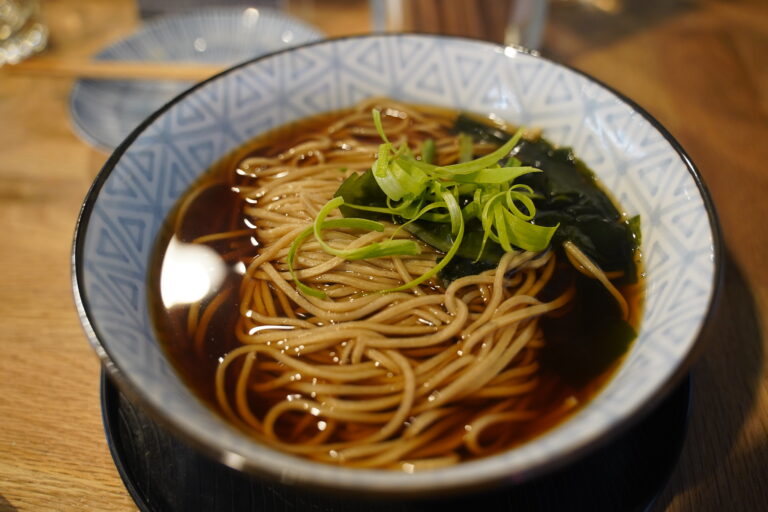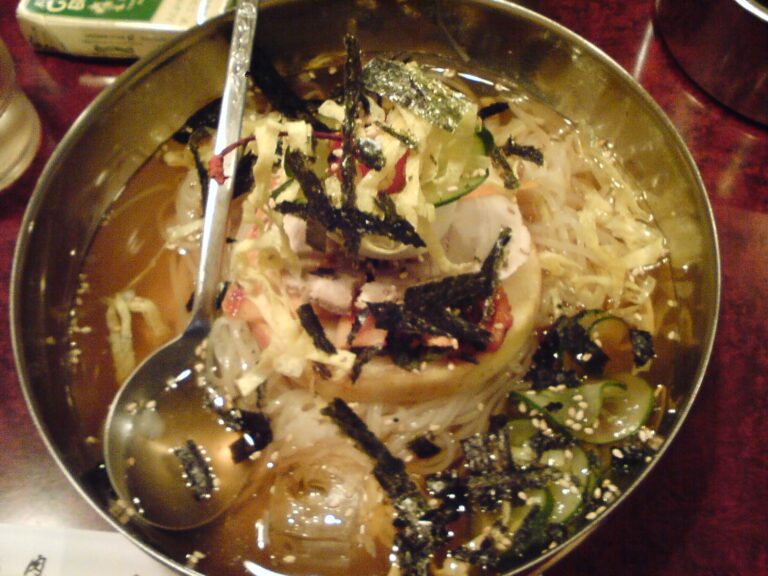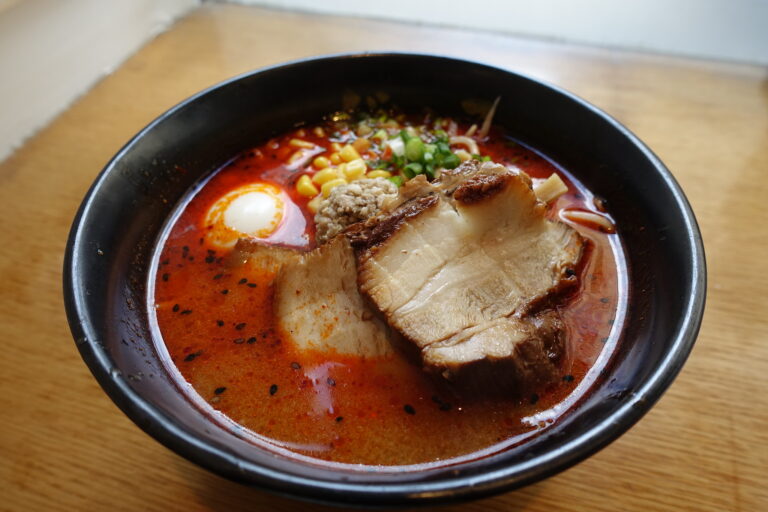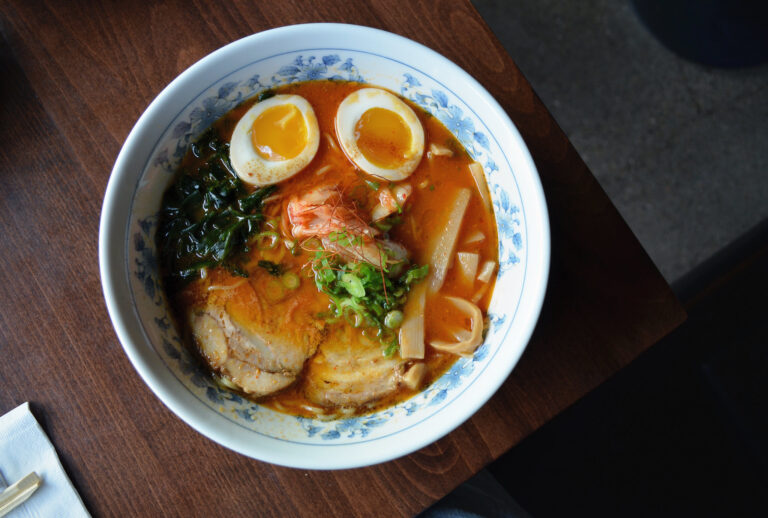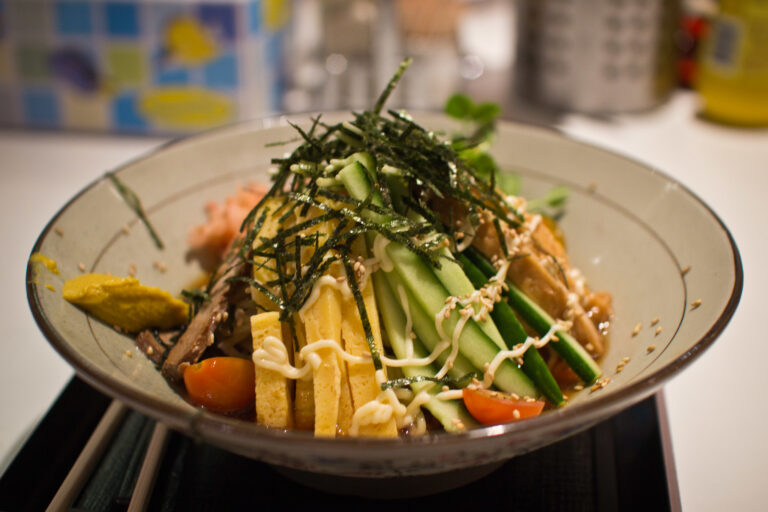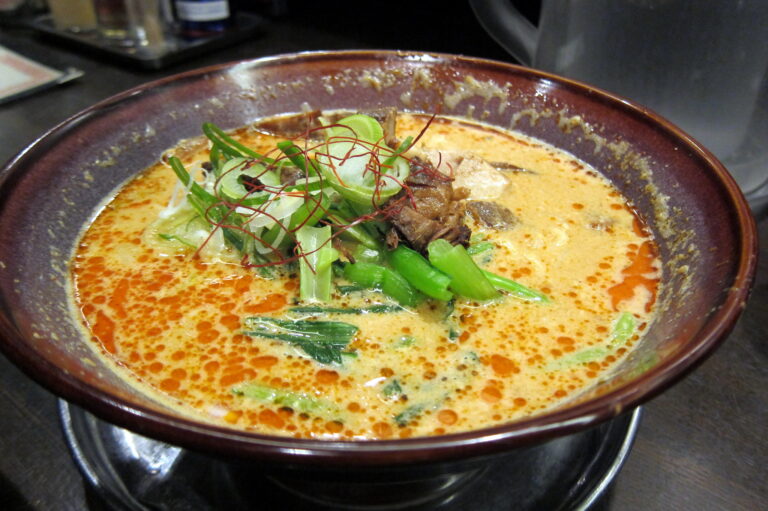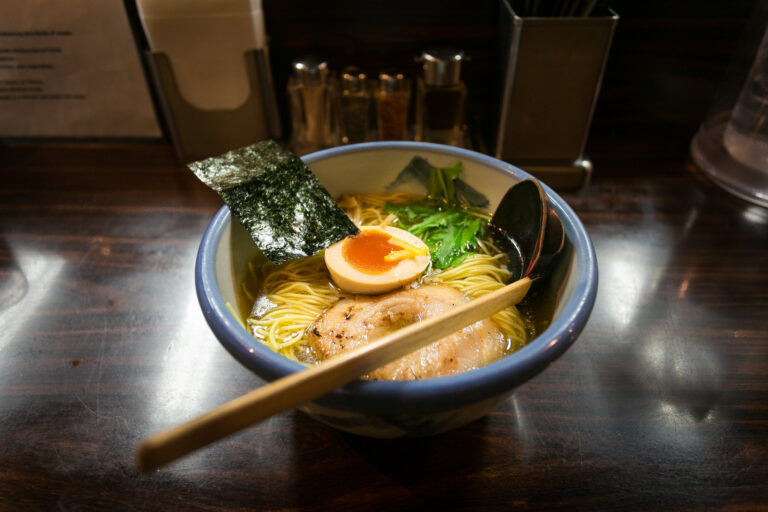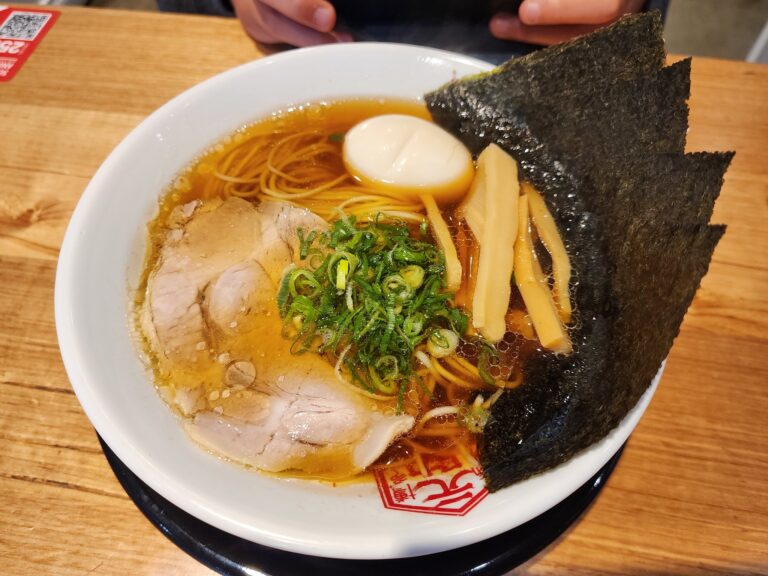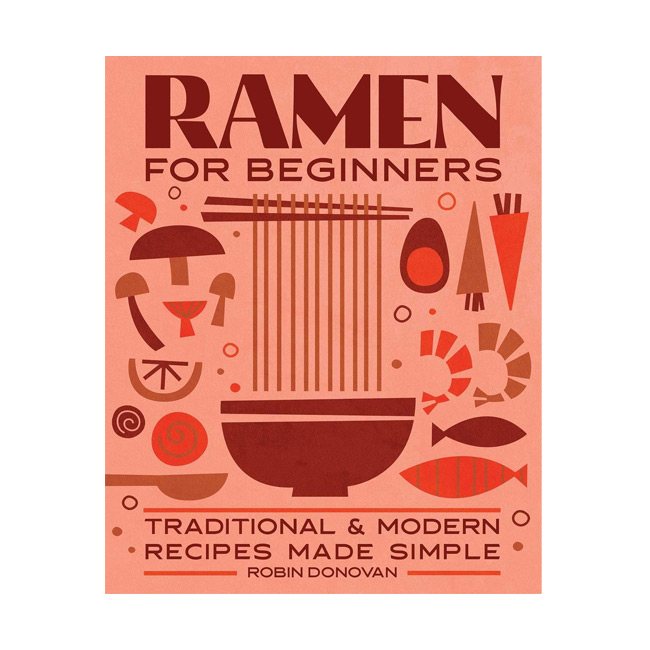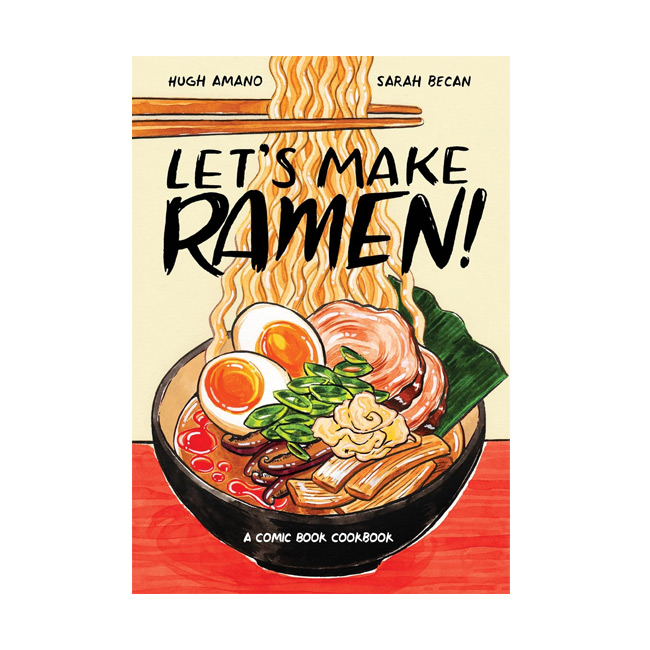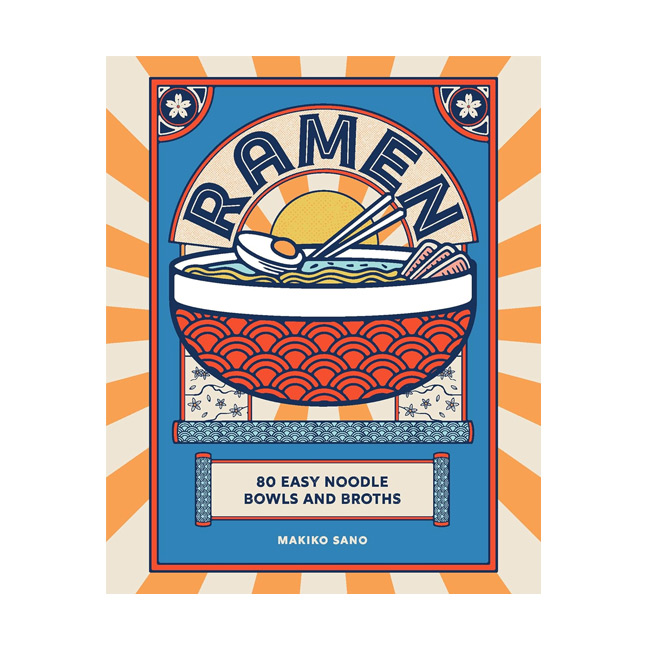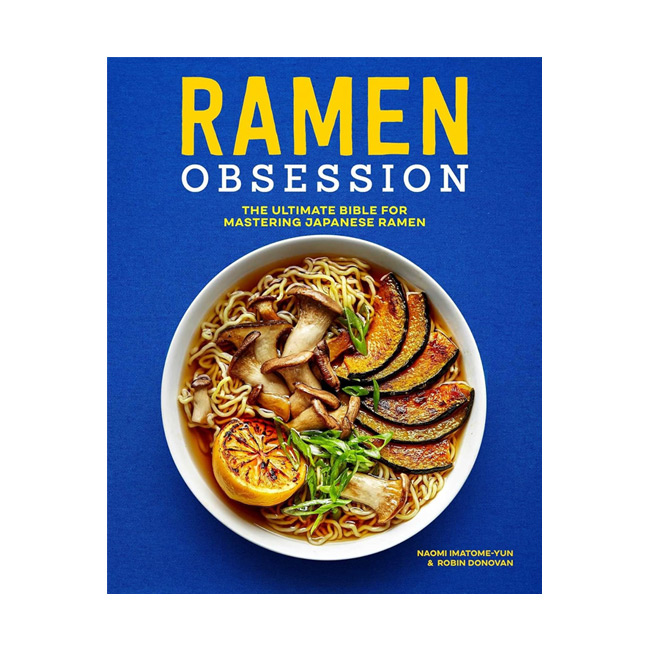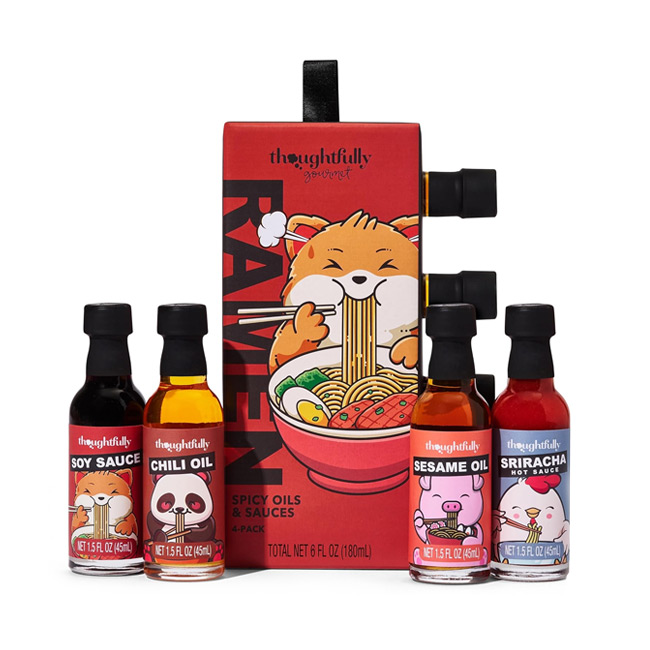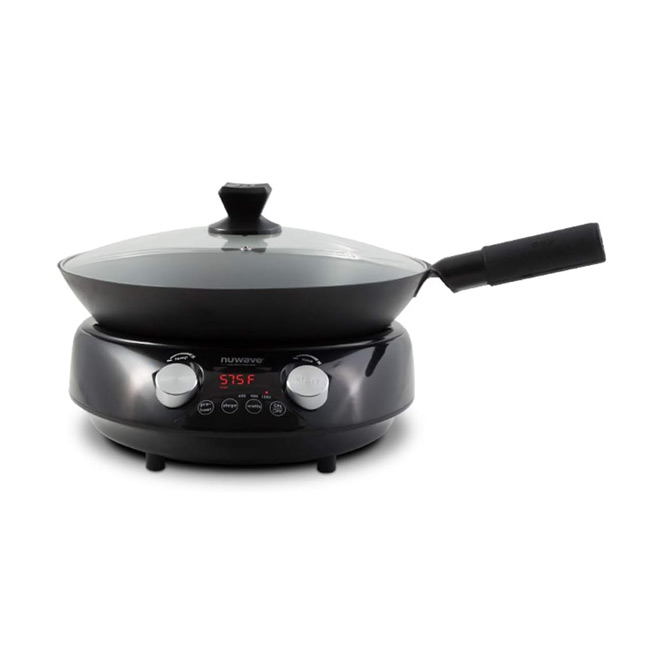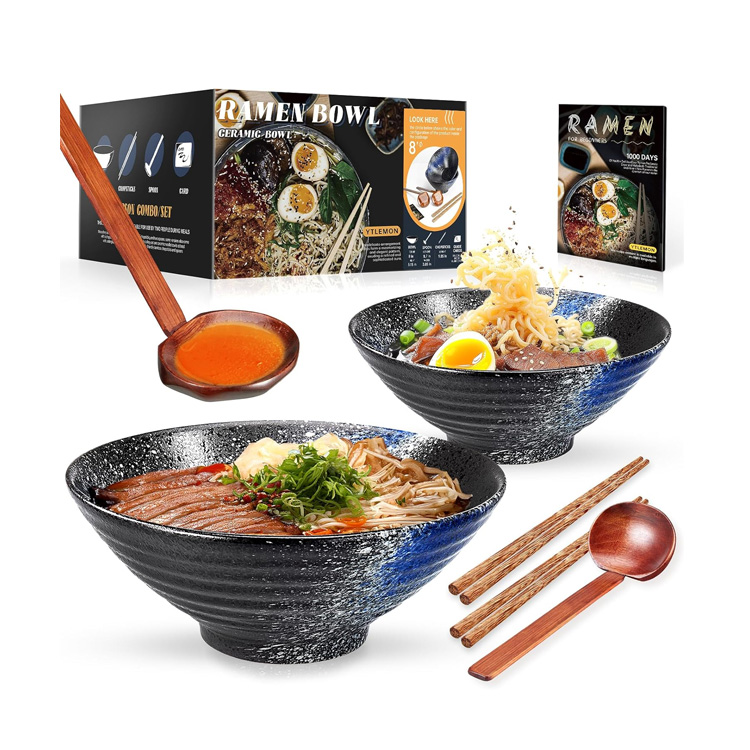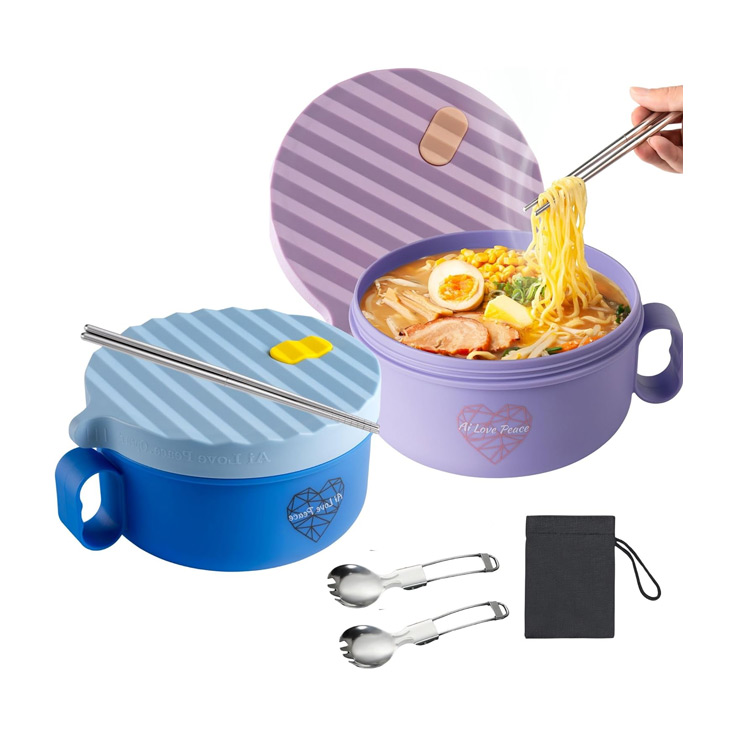Ie-kei Ramen was created by Yoshimura-ya, it blends two iconic ramen traditions: the creamy tonkotsu broth from Kyushu and the soy sauce (shoyu) tare common in Tokyo, resulting in a tonkotsu-shoyu hybrid that’s bold, salty, and full-bodied.
Ie-kei shops are known for letting customers customize their ramen’s richness (oil level), noodle firmness, and tare strength—creating a highly personal ramen experience. It has inspired a broad category of “house-style” ramen chains throughout Japan and even internationally.
In essence, Ie-kei ramen is all about bold flavor, flexibility, and satisfaction, offering a bridge between regional traditions and modern ramen shop culture.
Ie-kei Ramen
Broth
Ie-kei ramen features a thick, opaque pork bone broth simmered for hours, enriched with chicken stock for added depth. Unlike pure tonkotsu, it’s seasoned heavily with soy sauce, giving it a savory, slightly smoky punch. The broth is fatty and collagen-rich but not as intensely heavy as Hakata-style tonkotsu.
Ie-kei Ramen
Noodles
The noodles are thick, flat, and slightly chewy, made with higher water content to stand up to the rich soup. These noodles are distinctively different from the thin noodles of Hakata ramen.
Ie-kei Ramen
Toppings
Ie-kei ramen is typically served with chashu pork slices, nori (seaweed sheets), spinach, and a boiled or marinated egg. The combination of savory broth, firm noodles, and complementary toppings creates a hearty, comforting meal. Some shops also offer options like garlic, spicy miso, or extra fat (abura) to customize your bowl.
A brief history of Ie-kei Ramen
Ie-kei Ramen originated in Yokohama in 1974, when Yoshimura Minoru opened a shop called Yoshimuraya. Blending the rich, creamy tonkotsu broth from Kyushu with the soy-based shoyu tare common in Tokyo, he created a new hybrid style that quickly gained popularity. The name “Ie-kei” (家系) means “house-style,” referring to the naming convention of shops ending with -ya (meaning “house”) and the personalized approach to ramen preparation.
Unlike regional ramen styles rooted in tradition, Ie-kei emerged from innovation and urban demand for customizable, hearty bowls. Its success led to a growing number of affiliated and inspired shops, creating an entire genre of ramen that continues to thrive in Japan and abroad. Today, Ie-kei is recognized not only for its rich, pork-chicken-soy broth and thick noodles but also for its influence on the modern ramen chain culture.
Ie-kei Ramen recipe
Ingredients For the Broth:
- 2 lbs pork bones (neck, leg, or backbones, split if possible)
- 1 lb chicken carcass or wings
- 1 onion, halved
- 4 garlic cloves, smashed
- 1 knob of ginger, sliced
- 1 leek or green onions
- Water to cover (about 10 cups)
Ingredients For The Tare (Seasoning Base):
- 1/3 cup soy sauce
- 2 tbsp mirin
- 1 tbsp sake
- 1 tbsp oyster sauce
- 1 tsp sugar
Toppings:
- Sliced chashu pork (store-bought or homemade)
- 1–2 sheets roasted nori
- Boiled spinach (lightly blanched and squeezed)
- Ajitama (marinated soft-boiled egg)
- Optional: chopped green onions, garlic paste, or a knob of butter
Ingredients For The Noodles:
- 2 servings thick, flat ramen noodles (or substitute with udon or other chewy wheat noodles)
Instructions:
1. Prepare the Broth
Rinse pork and chicken bones under cold water. Place in a large pot, cover with fresh water, and bring to a boil. Skim off scum, then reduce to simmer. Add onion, garlic, ginger, and leek. Simmer uncovered for 6–8 hours, adding water as needed. (For faster prep, use a pressure cooker for 90 minutes.)
Strain broth through a fine sieve or cheesecloth. You should end up with about 4 cups of rich, milky broth.
2. Make the Tare
Combine soy sauce, mirin, sake, oyster sauce, and sugar in a small saucepan. Heat until just bubbling, then remove from heat. Set aside.
3. Prepare the Noodles and Toppings
Boil the noodles until chewy but tender. Blanch spinach and squeeze dry. Slice your chashu pork and prepare the egg.
4. Assemble the Ramen
Add 2–3 tablespoons of tare to each bowl (adjust to taste). Pour in hot broth. Add cooked noodles. Top with chashu, spinach, nori, and egg. Garnish with optional garlic paste or green onions if desired.

